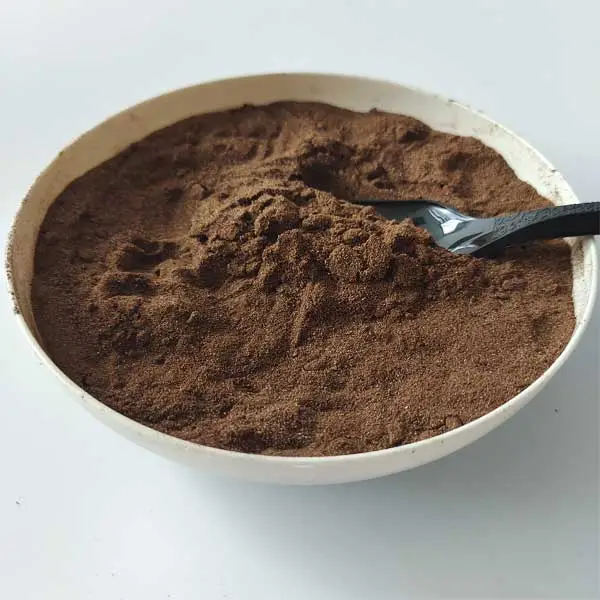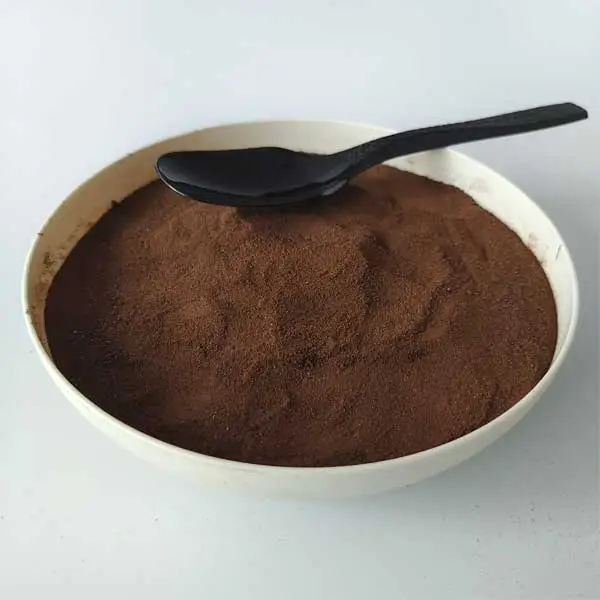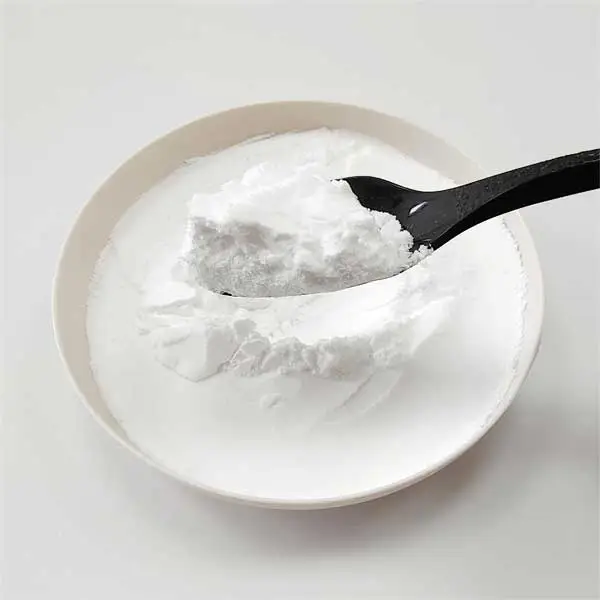The Influence Of Different Materials On The Performance Of Polycarboxylate Superplasticizer Wter Reducer
1. The influence of admixtures:
There are fine slag and a large amount of fly ash in high-performance concrete admixtures, but changes in the fineness and quality of the admixtures have a great impact on the performance of polycarboxylate superplasticizer. If the quality of admixtures does not meet the requirements, it will seriously affect the state of fresh concrete. Generally speaking, mineral powder has better adaptability, but the mixing ratio is too large and it is easy to bleed. Fly ash should be strictly controlled to meet the requirements of Class II and above. Class II ash can significantly reduce the water reduction rate of admixtures.

2. The influence of water reducing agent dosage and water consumption:
In practical applications, any water reducing agent has the problem of optimal dosage. The preferred dosage depends on the type of cement, the amount of cement used and the quality of the admixture. Before engineering application, it is necessary to find out the optimal dosage and optimal water consumption (water-cement ratio) of the polycarboxylate superplasticizer powder water-reducing agent through repeated trial mixing based on the conditions of cement and admixtures. In engineering applications, pay close attention to the changes in glue concrete materials and slightly adjust the dosage according to the changes to make the fresh concrete reach the desired state.

3. Influence of aggregates:
The mud content index of sand has a great influence on the performance of water reducing agent, especially the mud content of sand. When the mud content is greater than 3%, the performance of the water-reducing agent is significantly reduced. It is difficult to obtain satisfactory fluidity by appropriately increasing the content. In the C30 cast-in-place pile concrete of a project in Jinan, when the dosage of polycarboxylic acid superplasticizer (nofas) is 1.0%, the fluidity and expansion required by the project can be met. However, in practical applications, due to the high mud content of gravel (mainly sand), the fluidity of concrete often decreases during mixing. Generally speaking, this problem can be solved by appropriately increasing the content of water reducing agent. But when the content of water reducing agent increases to a certain value, it still cannot meet the requirements. Some construction practices show that when the mud content is greater than 3%, the impact on the water-reducing agent is obvious, but when the mud content is greater than 5%, simply increasing the water-reducing agent content cannot solve the problem. question.
In addition, the influence of stone gradation and needle-shaped tablet dosage on polycarboxylate superplasticizer is also obvious. Under the same ratio, the needle-like content of stones increases, which reduces the fluidity and expansion of concrete, making bleeding and segregation prone to problems. In addition to greatly adjusting the concrete mix ratio, it is difficult to achieve satisfactory results by simply changing the content of polycarboxylate superplasticizer water-reducing agent or the air content.
Recommended Products
Related News About Construction Chemicals

 English
English 




